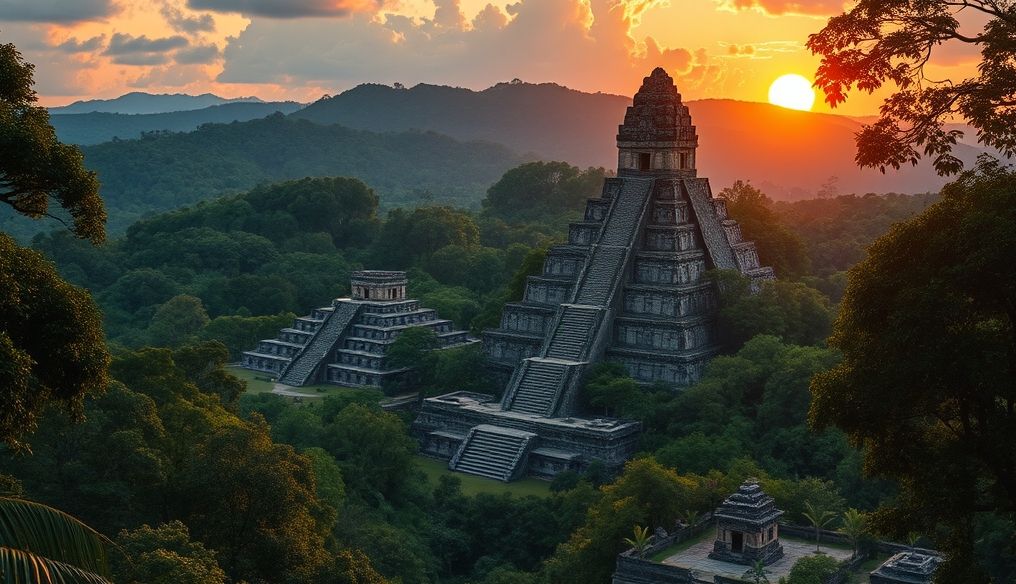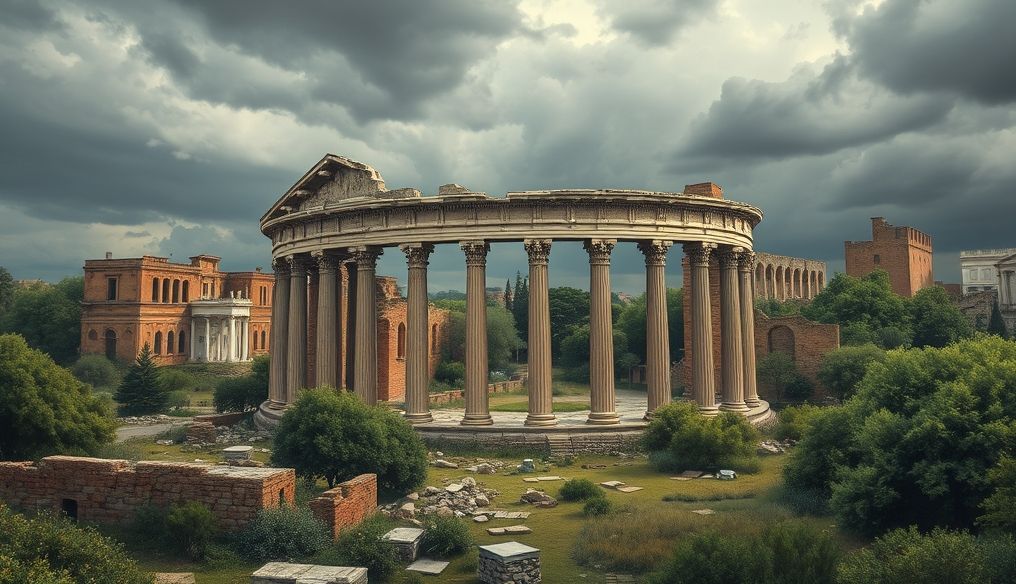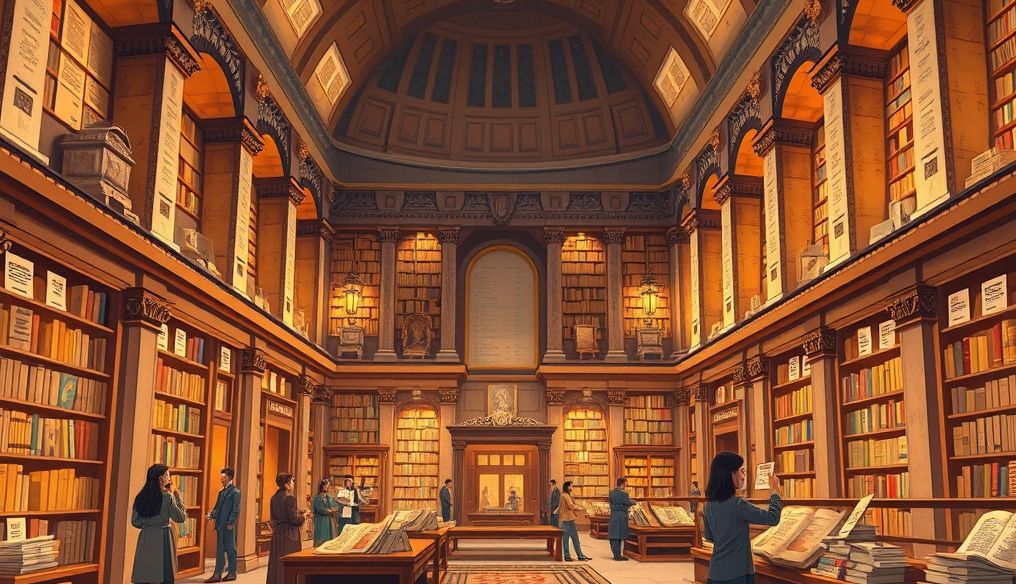Did the Maya Civilization Really Disappear Suddenly, or Is It More Complex?
The Maya civilization has long fascinated the world, and its alleged sudden disappearance is a perplexing mystery. Did this great civilization really end overnight, or were there other factors that contributed to its gradual collapse? This article seeks to explore this complex question by examining archaeological evidence, climate studies, and socio-economic analyses.
What Was the Maya Civilization?
The Maya civilization was an ancient civilization that flourished in Mesoamerica (Mexico, Guatemala, Belize, Honduras, and El Salvador) from about 2000 BC to 1500 AD. The Maya were renowned for their intricate art, stunning architecture (such as pyramids and temples), sophisticated writing system, and deep knowledge of astronomy and mathematics.
Key Achievements of the Maya Civilization:
- Hieroglyphic Writing System: One of the few fully developed writing systems in the pre-Columbian Americas.
- Calendar: A highly accurate calendar based on the cycles of the sun, moon, and stars.
- Astronomy: Advanced knowledge of the movement of planets and stars, used in agriculture and religion.
- Architecture: Construction of massive cities, temples, and pyramids using advanced techniques.
- Art: Carving, painting, and drawing on walls and pottery, reflecting Maya culture and beliefs.
The "Collapse" of the Maya Civilization: When and Where Did It Happen?
When we talk about the "collapse" of the Maya civilization, we usually refer to the Late Classic period (around 800-900 AD) when many major cities in the southern lowlands (northern Guatemala, southern Mexico, and Belize) declined. These cities stopped building monuments, the population decreased significantly, and hieroglyphic writing ceased. However, it is important to emphasize that the Maya civilization did not disappear completely. Maya cities continued to thrive in the highlands (such as the Yucatan Peninsula) until the arrival of the Spanish in the 16th century.
Theories About the Causes of the "Collapse":
There is no single agreed-upon reason to explain the "collapse" of the Maya civilization in the Late Classic period. Instead, it is likely the result of a complex interaction between several factors:
1. Climate Change:
Climate evidence (such as the analysis of lake sediments) suggests that the "collapse" period coincided with a prolonged and severe drought. This drought may have led to:
- Water Scarcity: Affecting agriculture and water supplies to cities.
- Soil Degradation: Reducing crop productivity.
- Famines: Leading to deaths and migration.
2. Overpopulation:
Estimates suggest that the Maya population peaked in the Late Classic period, leading to:
- Increased Pressure on Natural Resources: Such as forests and agricultural land.
- Environmental Degradation: Due to deforestation and agricultural expansion.
- Spread of Diseases: Due to overcrowding and poor sanitation.
3. Wars and Internal Conflicts:
Archaeological evidence suggests that wars and conflicts between Maya cities were common in the Late Classic period. These wars may have led to:
- Political and Economic Instability: Affecting trade and agriculture.
- Destruction of Infrastructure: Such as irrigation systems and roads.
- Migration of People: From areas affected by wars.
4. Socio-Economic Factors:
Socio-economic factors may also have played a role in the "collapse," such as:
- Social Inequality: Between the ruling elite and the common people.
- Dissatisfaction with Taxes and Military Service: Leading to rebellions and unrest.
- Decline in Trade: Due to wars and conflicts.
Was the "Collapse" a Sudden Catastrophe?
It is likely that the "collapse" was not a sudden catastrophe, but rather a gradual process that lasted for decades or even centuries. Some cities began to decline before others, and some continued to thrive for longer. In addition, the "collapse" was not comprehensive. The Maya civilization continued to evolve in other regions, such as the Yucatan Peninsula, until the arrival of the Spanish.
What Happened to the Maya After the "Collapse"?
After the "collapse" in the Late Classic period, the political and economic center of gravity of the Maya civilization shifted to the Yucatan Peninsula. New cities such as Chichen Itza and Uxmal emerged and continued to flourish until the arrival of the Spanish in the 16th century. The Maya fought fiercely against the Spanish invaders and continued to preserve their culture and traditions. Even today, there are still millions of descendants of the Maya living in Mesoamerica, speaking Maya languages, and preserving some aspects of their ancient culture.
Lessons Learned from the Maya Civilization:
We can learn a lot from the Maya civilization, including:
- The Importance of Environmental Sustainability: We must learn how to manage our natural resources sustainably to avoid environmental degradation.
- The Importance of Social Equality: We must strive to reduce social inequality to promote stability and prosperity.
- The Importance of Cooperation and Peace: We must cooperate with each other to solve global problems, such as climate change and poverty.
Conclusion:
The "collapse" of the Maya civilization is not a story of sudden disappearance, but a story of complex and multifaceted transformation. Although many major cities declined in the Late Classic period, the Maya civilization did not disappear completely. It continued to evolve in other regions, and the descendants of the Maya still live today, preserving their culture and traditions. By studying the Maya civilization, we can learn a lot about the importance of environmental sustainability, social equality, and cooperation and peace.
References:
- Diamond, J. (2005). Collapse: How Societies Choose to Fail or Succeed. Viking.
- Sharer, R. J., & Traxler, L. P. (2006). The Ancient Maya (6th ed.). Stanford University Press.
- Webster, D. (2002). The Fall of the Ancient Maya: Solving the Mystery of the Maya Collapse. Thames & Hudson.




